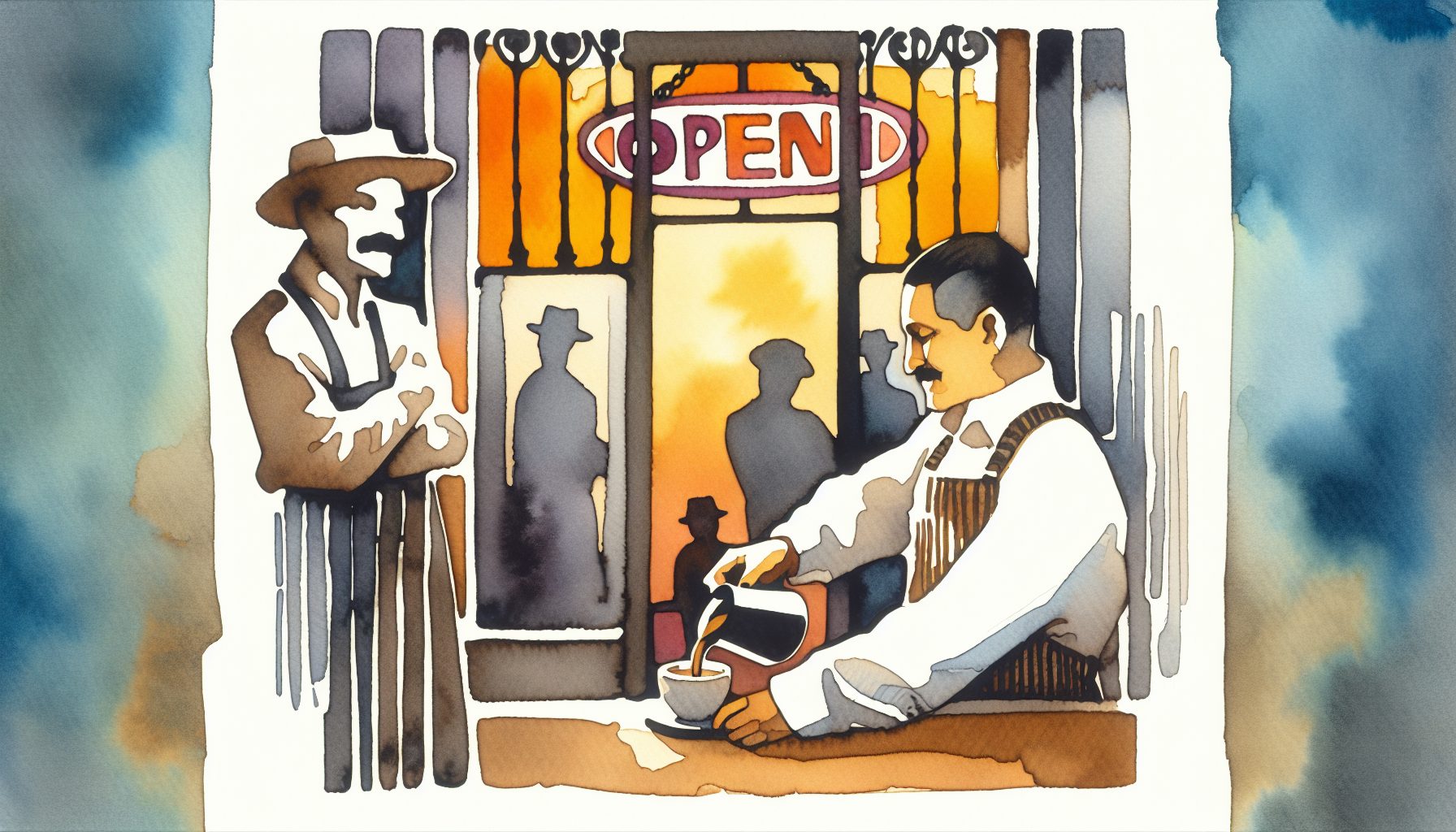Cable telecaster and services provider Comcast, like about everybody else in the information-delivery business, is moving to the cloud.
On March 27, the business services division of the Philadelphia-based cable giant launched a new cloud-based voice and unified communications package for enterprises that aims to replace old-school PBX and key-type voice-channeling systems.
Comcast’s Business VoiceEdge provides a high definition-quality voice service, a full suite of unified communications features and thanks to the nature of subscription cloud services a predictable monthly cost.
Business VoiceEdge became available March 27 across most of Comcast’s Northeast Division, which includes 14 states from Maine through Virginia and the District of Columbia, as well as Chicago. Nationwide rollout across Comcast’s entire service is targeted by the end of 2012, the company said.
Telecoms are getting creative in their IT. Canada-based Mitel, in a partnership with VMware, was the first national communications provider to roll out a virtual machine-based system of this type in 2010. In systems like Mitel’s, phone conversations simply become audio files in a local virtualized storage system; Comcast’s is similar, but everything is kept off-premises in Comcast’s cloud.
With a Business VoiceEdge package, Comcast includes unlimited nationwide calling, state-of-the-art Polycom phones at no additional charge, HD audio, and advanced unified communications and mobility features, including:
- Be Anywhere: Workers can integrate their work line with their mobile device, home office or other locations to have calls follow them or push/pull them between devices without having to disconnect and then reconnect the call.
- Voicemail-to-email: Voice messages reach "anytime, anywhere" workers when away from the office or working remotely by sending a copy of the voicemail to their email.
- Telephony Toolbar: A downloadable client that enables click-to-dial and service management from within Microsoft Outlook, Internet Explorer and Mozilla Firefox.
- Business Voice Continuity: Redirect calls to back-up numbers if there is a power outage or other on-site issues to keep business operating.
- Multi-Location Simplicity and Commonality: On-net calling between sites using extensions, unified calling experience, add new locations quickly and share call handling (receptionist, hunt groups and auto attendants) across offices.
To read the original eWeek article, click here: Comcast Moves PBX Into Cloud With Business VoiceEdge








